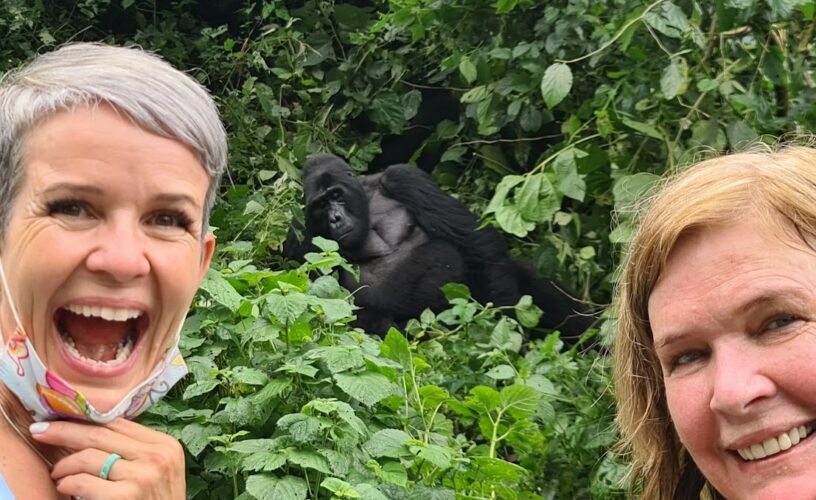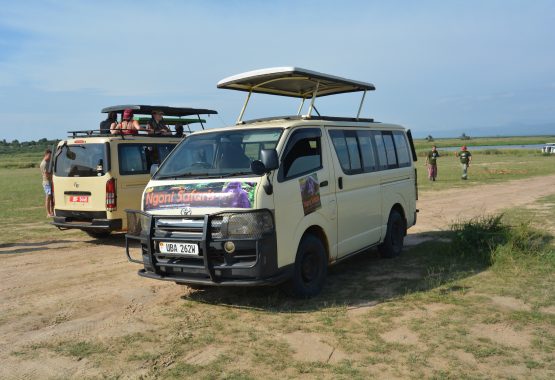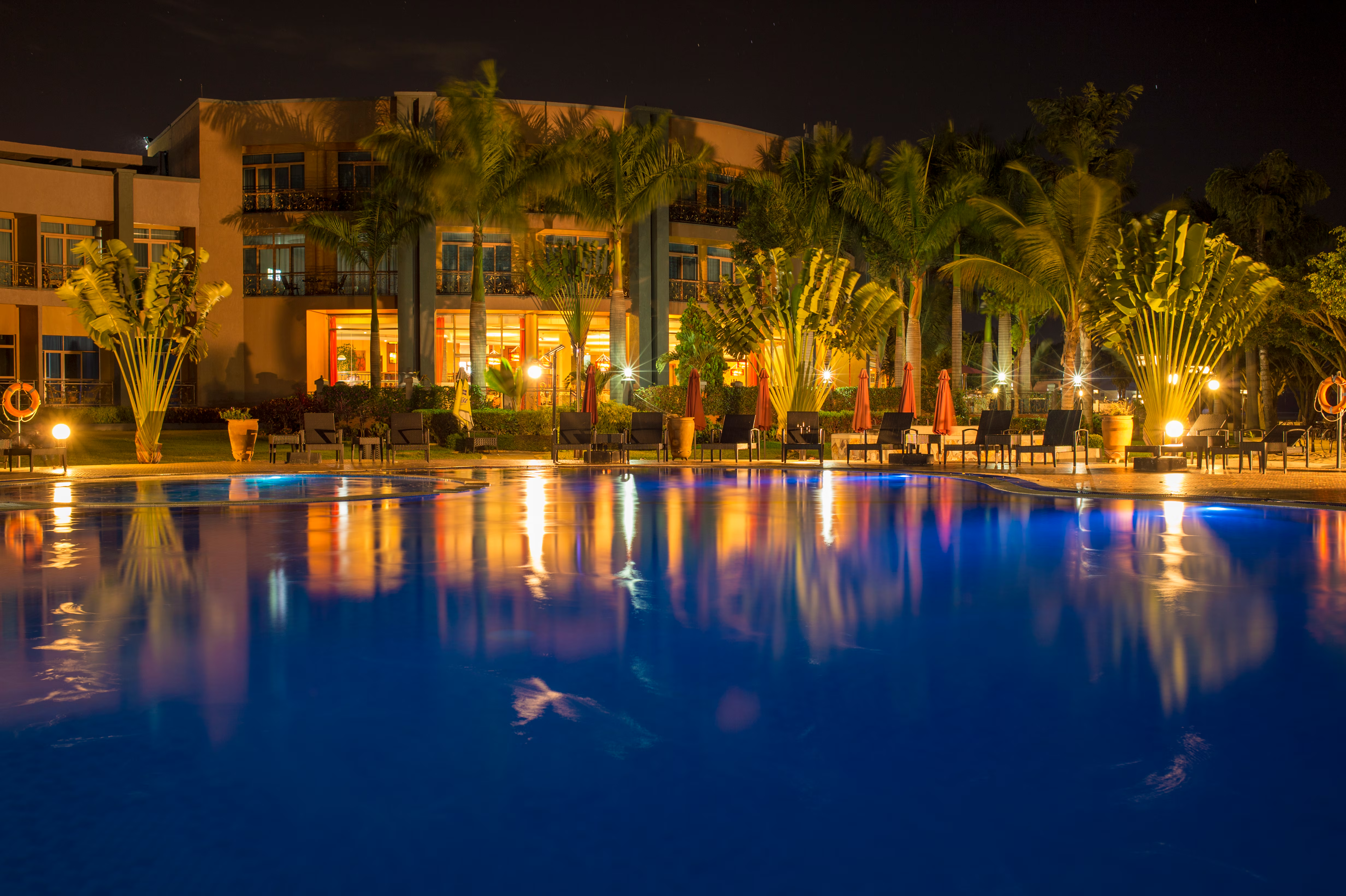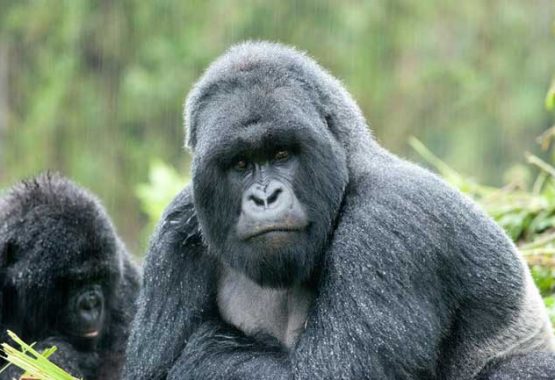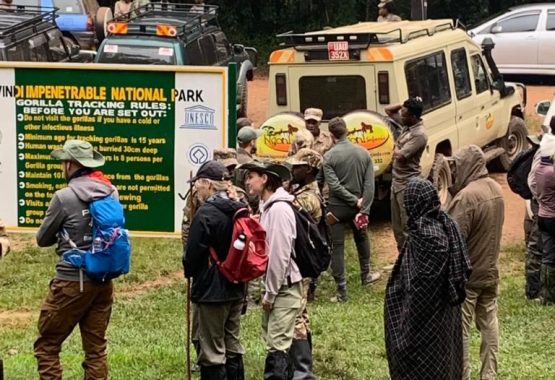Gorilla trekking in Uganda versus Rwanda, which is better? Both are great options, but which is best depends on your needs. In this post, we’ll have a look at some of the differences between gorilla trekking in Uganda and Rwanda. Below are some of the main points of comparison to help you decide where to go on a gorilla trek.
Comparison 1: Number of Permits
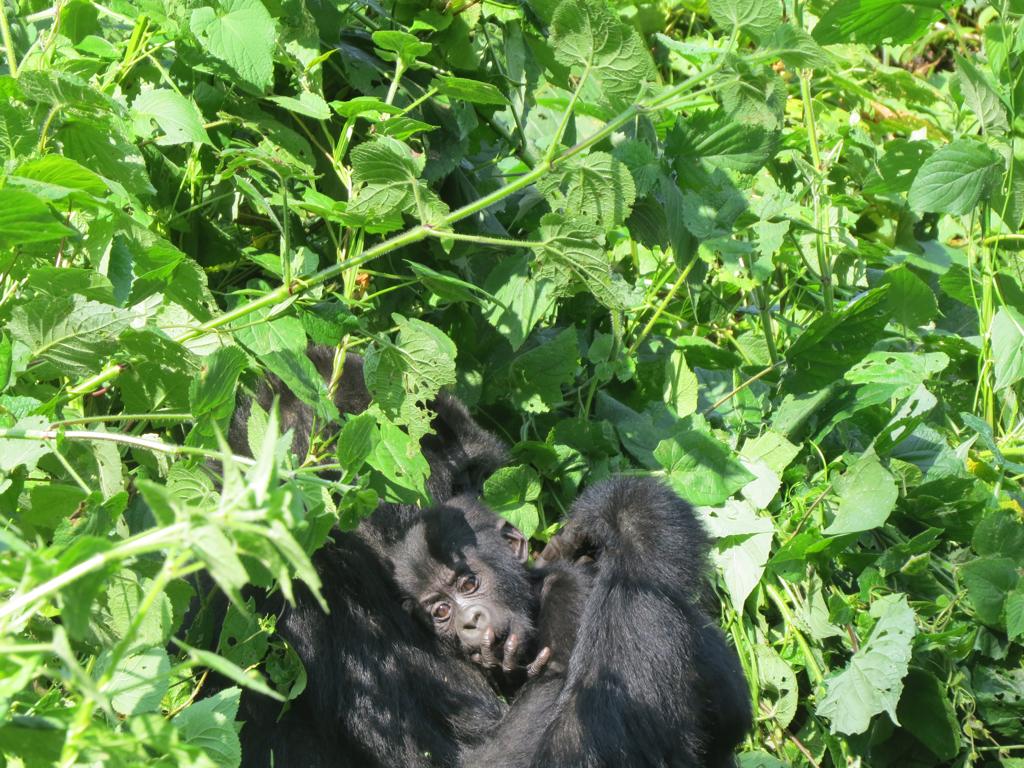
As one of the ultimate wildlife experiences in Africa, gorilla trekking is becoming more and more popular. Luckily strict regulations are in place to protect these gentle giants, and the number of permits available per day is finite. Only eight visitors can spend one hour with a habituated gorilla group per day. Rwanda has 12 groups available for tracking in Volcanoes National Park, and Uganda has 13 groups in Bwindi Impenetrable National Park and just one group in Mgahinga Gorilla National Park.
Mgahinga Gorilla NP in the Virunga Mountains is an amazing place for gorilla trekking, possibly my favorite. But with just one gorilla group and very little accommodation in the area, it isn’t a popular option. For the purposes of this blog, I’ve left this off-the-beaten-track gorilla park out of the equation and the comparisons below are between the two most popular and accessible gorilla trekking destinations: Bwindi in Uganda and Volcanoes NP in Rwanda.
Bwindi Tours
Comparison 2: Habitat & Landscape
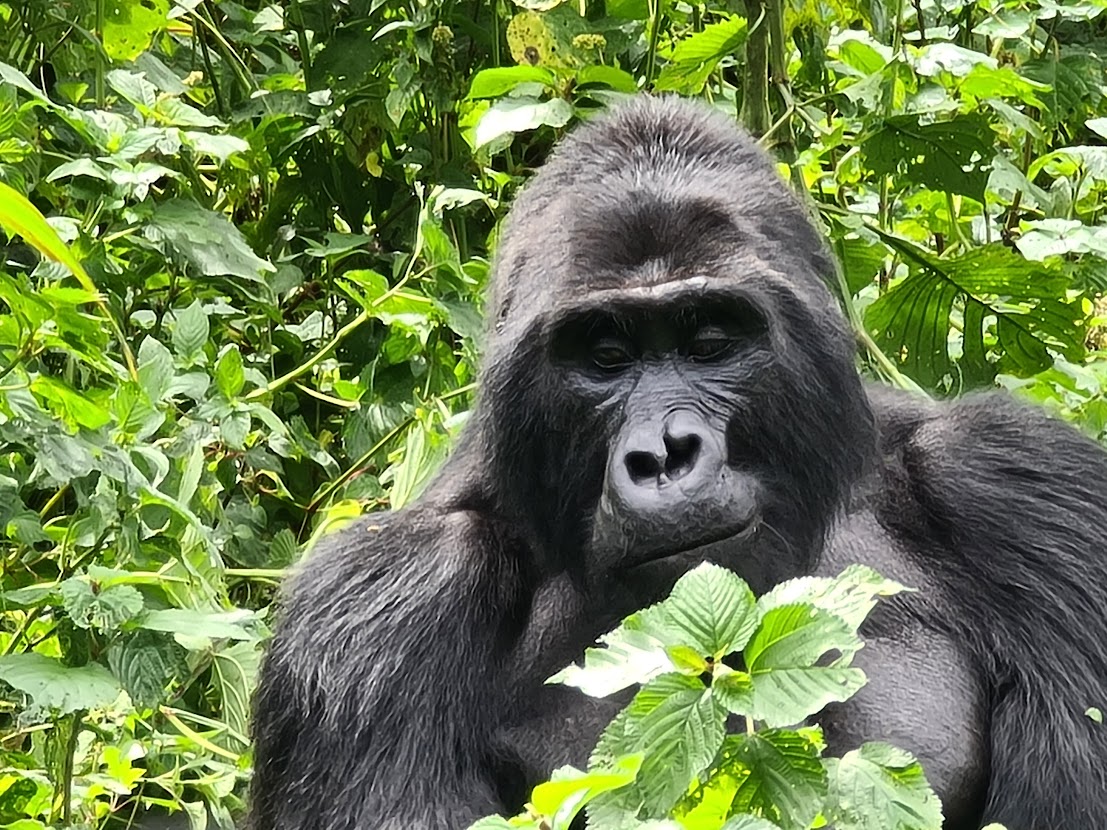
The habitat and landscape of the main gorilla trekking parks in Uganda and Rwanda are very different. Rwanda’s Volcanoes NP is part of a mostly dormant volcanic mountain range known as the Virungas. Here, the gorillas stay almost exclusively in the bamboo forest zone, a beautiful setting in which to see these great apes. The vegetation tends to be quite open, which is ideal for easy viewing. Uganda’s most popular gorilla trekking destination, Bwindi Impenetrable National Park, is an extensive tract of tropical rainforest. It’s a stunning setting as well, but as the name suggests, the denser vegetation can sometimes make clear views of the gorillas a bit more challenging.
Comparison 3: Cost
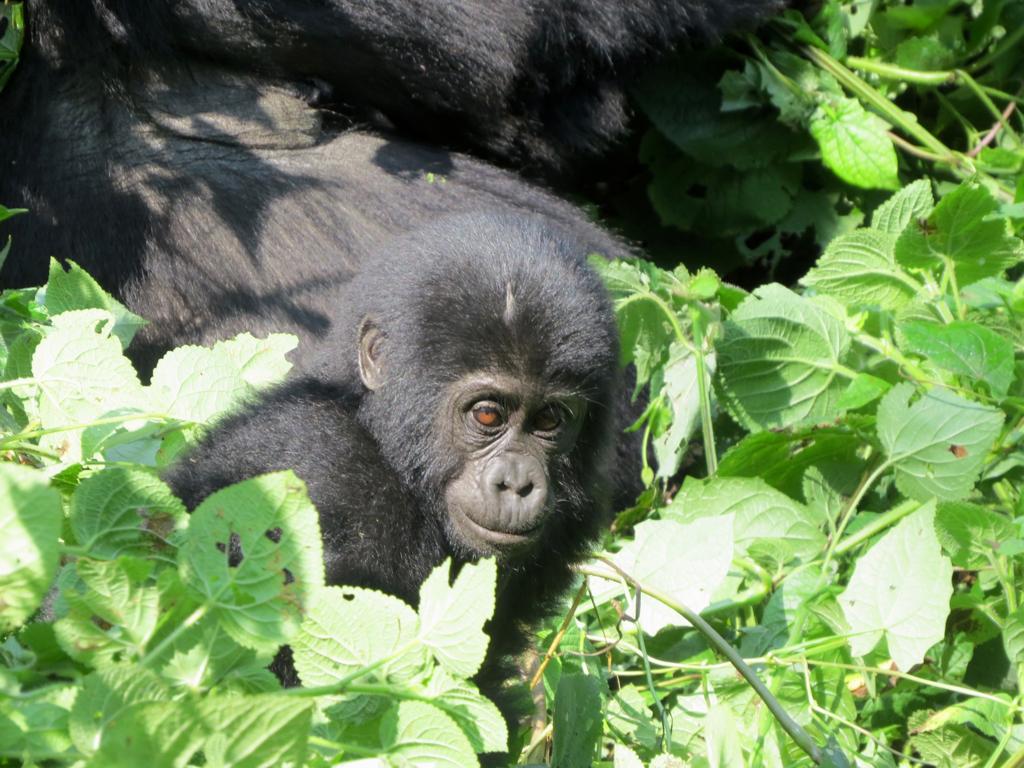
Another important point to consider when comparing gorilla trekking in Uganda versus Rwanda is the cost. The price of a gorilla trekking permit in Uganda is US$700 and in Rwanda it’s US$1,500 per person. A big difference. Of course, you can argue that the difference isn’t considerable when absorbed into a 10-day holiday package. This fee doesn’t include any travel arrangements, such as transport, your guide, accommodation, etc. It only covers the activity, the park ranger who will be your guide for gorilla trekking, and the trackers who go ahead to find the gorillas. Tips for the guide, trackers and optional porter are extra.
Comparison 4: Trek Conditions
![]()
In general, the trek conditions tend to be a bit easier in Rwanda than in Uganda. This is not absolute though. Conditions change daily depending on the location of the gorillas. Each gorilla group has its territory and some of them are usually easier to reach than others. Conditions tend to deteriorate after heavy rain when the forest paths become very slippery. This is especially true in Bwindi, which sees very high rainfall throughout the year. The tracks in Rwanda are usually quite defined, while the tracks in Uganda tend to be very steep and overgrown. Having said that, the high altitude in Rwanda can be a challenge for some people.
Comparison 5: Accommodation Options

There are good accommodation options for gorilla trekking in Uganda and Rwanda. Rwanda has perhaps more choice in top-end luxury lodges, while Uganda has a few more mid-range options. Several lodges in Uganda border the park and have a true forest feel, while in Rwanda many lodges have mountain and/or lake views, but most are a bit further away from the forest boundary.
Comparison 6: Getting There
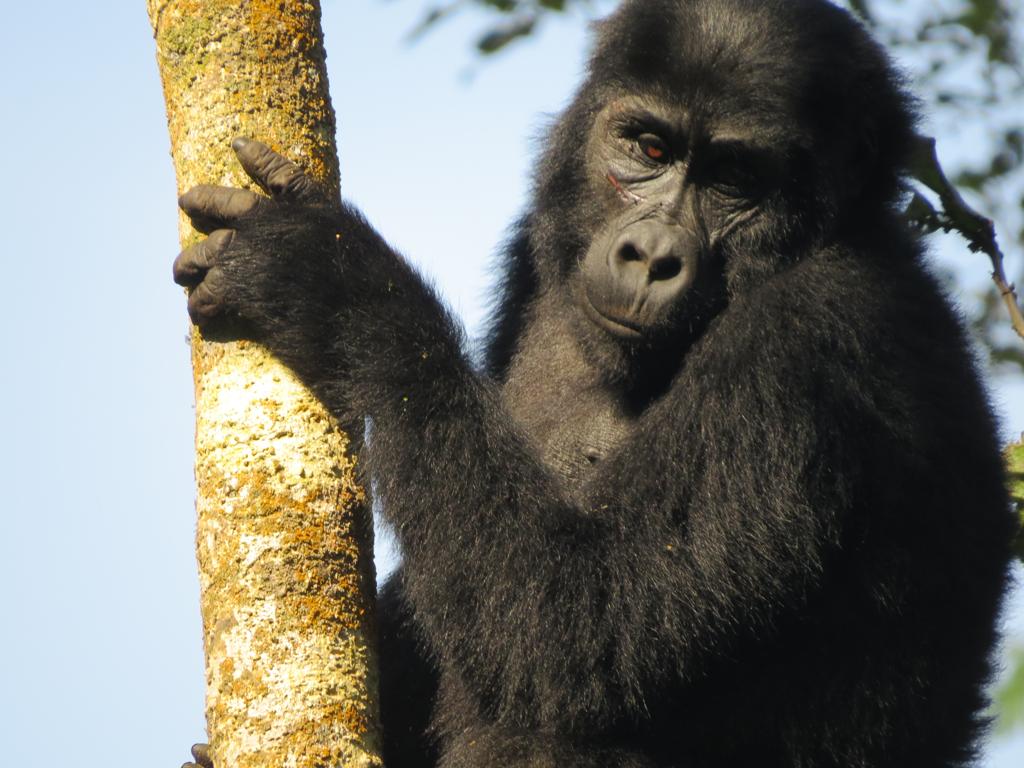
Volcanoes National Park in Rwanda is considerably more accessible than Bwindi Impenetrable National Park in Uganda. The drive from Rwanda’s capital city, Kigali, to Volcanoes NP takes up to 3 hours on a good road. The drive from Entebbe, Uganda’s gateway for most visitors, to Bwindi takes between eight and 10 hours. While there is only one starting point for gorilla treks in Rwanda, there are four different trailheads in Bwindi. Some of them require a good 4×4 to get to. There are, however, scheduled flights to Bwindi. Alternatively, a stay in Bwindi can be incorporated into a larger road tour in Uganda, visiting other parks and reserves. For a quick gorilla trekking tour or an add-on to a safari in Kenya or Tanzania, Rwanda is most convenient.

